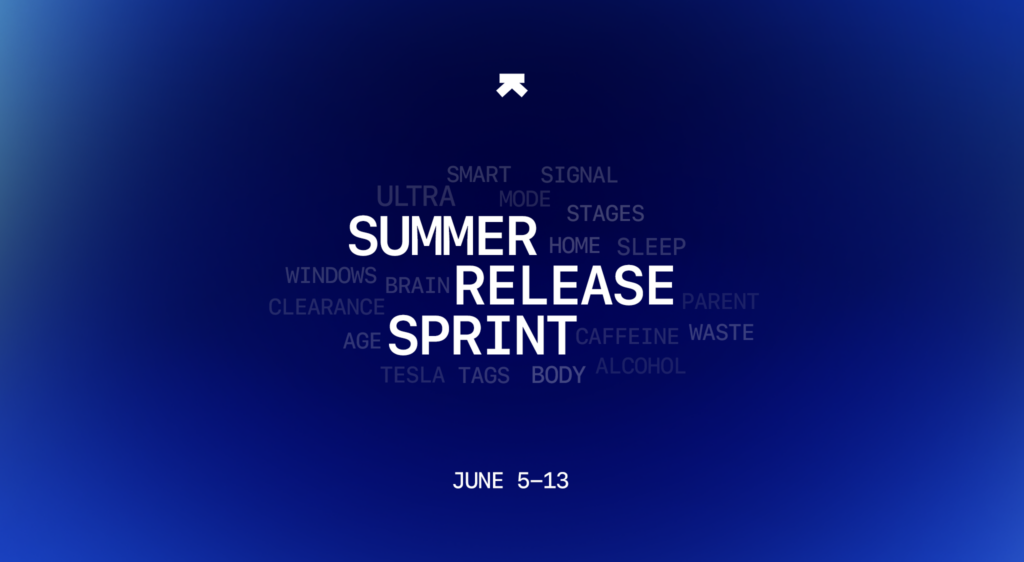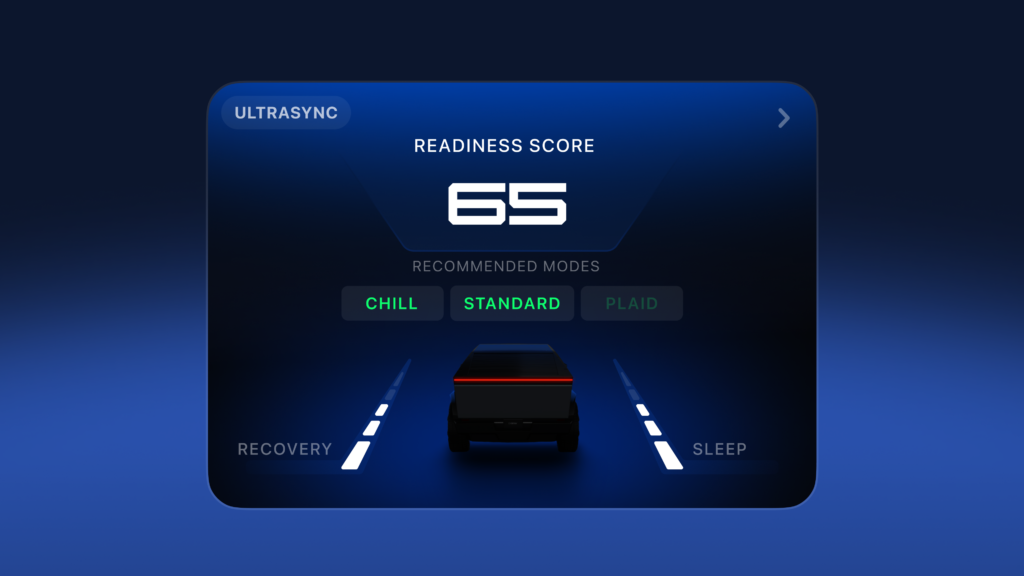Heart Rate Variability (HRV) is related to how you breathe, your blood pressure, emotions and thoughts and your level of readiness vis-a-viz inflammation markers. A consistently high HRV denotes a healthy body. Hence this is one factor that we can control and monitor.
HRV is simply a measure of the variation in time between each heartbeat (like the spaces between notes in a musical sequence of notes). Nowadays, you can check your HRV on your personal monitoring device daily. This is especially useful when watching the quality of recovery after stressful events. This variation is controlled by the autonomic nervous system (ANS), which regulates our heart rate, blood pressure, breathing and digestion among other functions.

Highlights
- HRV can help us to learn how different internal systems react on a daily basis,
- Knowing how to manage the HRV system is crucial for better health and performance,
- A quantified recovery process can help with programming training loads, avoid injuries and control states of mind under pressure.
The ANS is subdivided into two large components: the sympathetic and the parasympathetic nervous systems, also known as the fight-or-flight mechanism and the rest and digest (relaxation response) respectively.
Science
Vagal tone is an internal biological process that represents the activity of the vagus nerve, which is part of the ANS and is measured by HRV. A higher vagal tone indicates that your body can relax faster after stress. Physiological benefits of improving vagal tone include better blood sugar regulation, reduced risk of stroke and cardiovascular disease, lower blood pressure, fewer migraines and better digestion.
The vagus nerve is the longest nerve in the body. It originates in the brain as the tenth cranial nerve and travels down the neck, passing through many important organs, including the gut (intestines, stomach), heart and lungs. It is also a key part of your parasympathetic (rest and digest) nervous system. . It influences breathing, digestive functioning and heart rate, all of which can have a huge impact on mental and physical health.
The vagus nerve carries a wide variety of signals to and from the brain (op-down, bottom-up processes), and they determine various reflex responses (automatic reactions) that, in turn, control the body. It means that there is a connection between vagal tone, mental state and physical health (part of the mind and body connection). Stated otherwise, if you increase your vagal tone, your mental as well as physical health and performance will improve.
Increased vagal tone helps combat stress through the manifestation of a relaxation response that, in turn, calms the mind and relaxes the body.
Research shows that vagus nerve stimulation abates inflammation. Since the vagus nerve is thought to mediate its anti-inflammatory function by secreting acetylcholine. Therefore vagal nerve stimulation can be utilised for the treatment of inflammatory diseases that have emerged as a result of chronic stress. Acetylcholine also plays an important function in attention, memory, and learning.

Actionable
To facilitate the parasympathetic response in the body (and stimulate the vagus nerve), we need to focus on these three areas:
- Deep diaphragmatic breathing in a personal resonance frequency breathing: If you take fast, short, shallow breaths, your brain perceives it as an invitation to fight or flight, activating your sympathetic nervous system; if you slowly let the air in and let it seep out, your brain will take it as an invitation to rest and digest promoting parasympathetic nervous system activation. Resonance frequency breathing is the accurate personnel ratio between inhalation and exhalation (mostly will be in the range of 7.5-12 seconds per breath). The correct ratio helps to tune and create a coherent rhythm in the heart rate and cardiovascular range of motion, nervous system, respiratory system, and mind.
- Lengthening the exhalation part of the breath (exhale + retain after exhale): Every time you inhale, you activate your sympathetic response (the heart speeds up a bit and the vagus nerve is suppressed); if you hold the air in, that response is accentuated and blood pressure goes up. Every time you exhale you activate the parasympathetic response (heart rate slows down a bit and the vagus nerve is active); if you hold the air out for a few seconds it will facilitate the parasympathetic activation. To promote parasympathetic activation and vagus nerve stimulation you would need to gradually lengthen your exhale and take a pause after exhaling (comfortably).
- Clarity of mind: A very important component that can influence the activity of the parasympathetic response is controlling what runs through our mind: is it overloaded or allowing more internal mental space by letting go? Training the ability to control where is our attention and direct it towards what is relevant, and leaving behind the unnecessary can ensure less load on the ANS and contribute to a faster and smoother nervous system function (like a computer RAM).
Conclusion
With today’s welltech innovation, the ability to measure HRV accurately in real-time and non-invasive ways became simple, accessible and a game-changer for those who would like to take responsibility for their quality of life and performance. Therefore, wearable tech like a ring can come in really handy. These rings can be useful for improving your general health like movement, heart rate, HRV and sleep.
A quantified recovery process can help with programming training loads, avoiding injuries, and controlling states of mind under pressure.
HRV can help us to learn how different internal systems react on a daily basis. Knowing how to manage the HRV system is crucial for better health and performance.
References
- https://www.health.harvard.edu/blog/heart-rate-variability-new-way-track-well-2017112212789
- https://www.researchgate.net/publication/21641337_Vagal_Tone_A_Physiologic_Marker_of_Stress_Vulnerability
- https://www.frontiersin.org/articles/10.3389/fimmu.2017.01452/full
- https://onlinelibrary.wiley.com/doi/epdf/10.1111/j.1528-1157.1990.tb05843.x
- https://www.nature.com/articles/nrendo.2012.189








